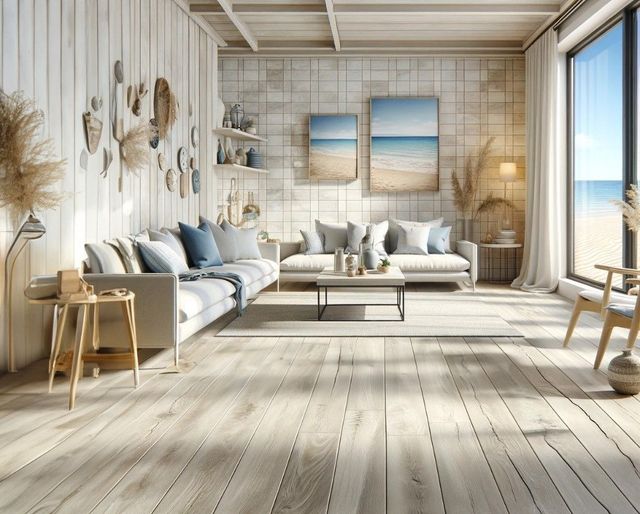Agencia 92: Your Source for Trending News
Stay updated with the latest insights and stories that matter.
Floors That Roar: Choosing the Right Flooring for Every Room
Transform your home with the perfect flooring! Discover expert tips for choosing stunning floors that roar in every room.
The Ultimate Guide to Selecting Flooring for Every Room in Your Home
When it comes to selecting flooring for every room in your home, there are several key factors to consider. First, assess the purpose and traffic of each room. For high-traffic areas such as hallways and living rooms, consider durable options like hardwood or luxury vinyl that can withstand daily wear and tear. In contrast, bedrooms may benefit from warmer materials like carpets or cork, which provide comfort underfoot. Additionally, factor in the style and decor of each room; matching your flooring choice with your interior design can enhance the overall aesthetic of your home.
Another important aspect of selecting flooring is maintenance. Different flooring types come with varying levels of upkeep. For instance, tile flooring is easy to clean and resistant to moisture, making it ideal for bathrooms and kitchens, while hardwood may require occasional refinishing to maintain its appearance. Here’s a quick overview of the best flooring options based on room requirements:
- Living Room: Hardwood or laminate
- Kitchen: Tile or vinyl
- Bedroom: Carpet or cork
- Bathroom: Water-resistant vinyl or tile
- Home Office: Laminate or engineered wood
By carefully considering factors like durability, comfort, and maintenance, you can choose the ideal flooring for each space in your home.

5 Key Factors to Consider When Choosing Flooring Materials
When selecting flooring materials for your home or office, it's essential to consider various factors that impact both functionality and aesthetics. The first key factor is durability. Different materials, such as hardwood, laminate, or tile, vary significantly in their ability to withstand wear and tear. For high-traffic areas, opting for durable options like vinyl or porcelain tile can ensure longevity and reduce the need for frequent replacements.
The second factor is maintenance. Some flooring types require extensive upkeep, while others are more forgiving. For instance, natural stone may need periodic sealing and special cleaning products, whereas laminate just requires regular sweeping and mopping. Additionally, consider the environment where the flooring will be installed. In moisture-prone areas like bathrooms or basements, it’s wise to select water-resistant materials to prevent damage over time. Therefore, evaluating these factors will aid in making an informed decision that meets your specific needs.
What Type of Flooring is Best for High-Traffic Areas?
When considering what type of flooring is best for high-traffic areas, durability and maintenance are two key factors that homeowners must keep in mind. Luxury vinyl planks are often a top choice due to their ability to withstand scrapes, dents, and water damage. Additionally, they come in a variety of styles, making it easy to find an option that complements your home décor. Another popular option is tile flooring, particularly ceramic or porcelain tiles, as they are incredibly tough and can handle heavy foot traffic without showing wear.
It's also wise to consider laminate flooring, which offers a good balance of cost-effectiveness and durability. Many laminate options are designed with a protective coating that resists scratches and stains, making them suitable for busy areas such as hallways and living rooms. If you're looking for something a bit more luxurious, engineered hardwood might fit the bill; it's more stable than traditional hardwood and can handle moderate foot traffic quite well. Ultimately, the best flooring choice will depend on your unique needs, lifestyle, and aesthetic preferences.